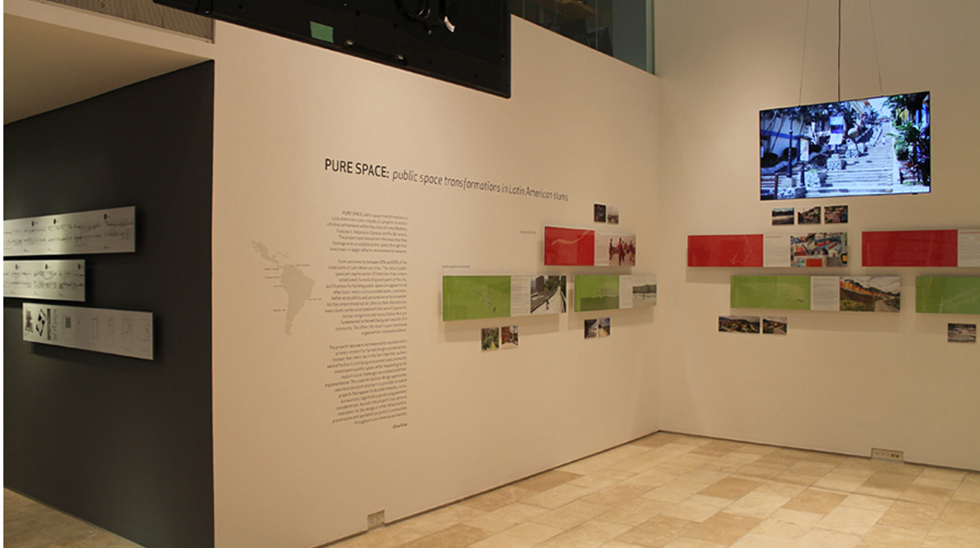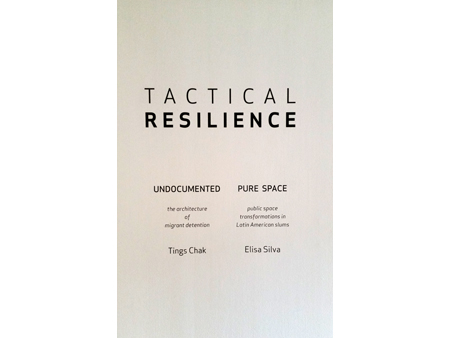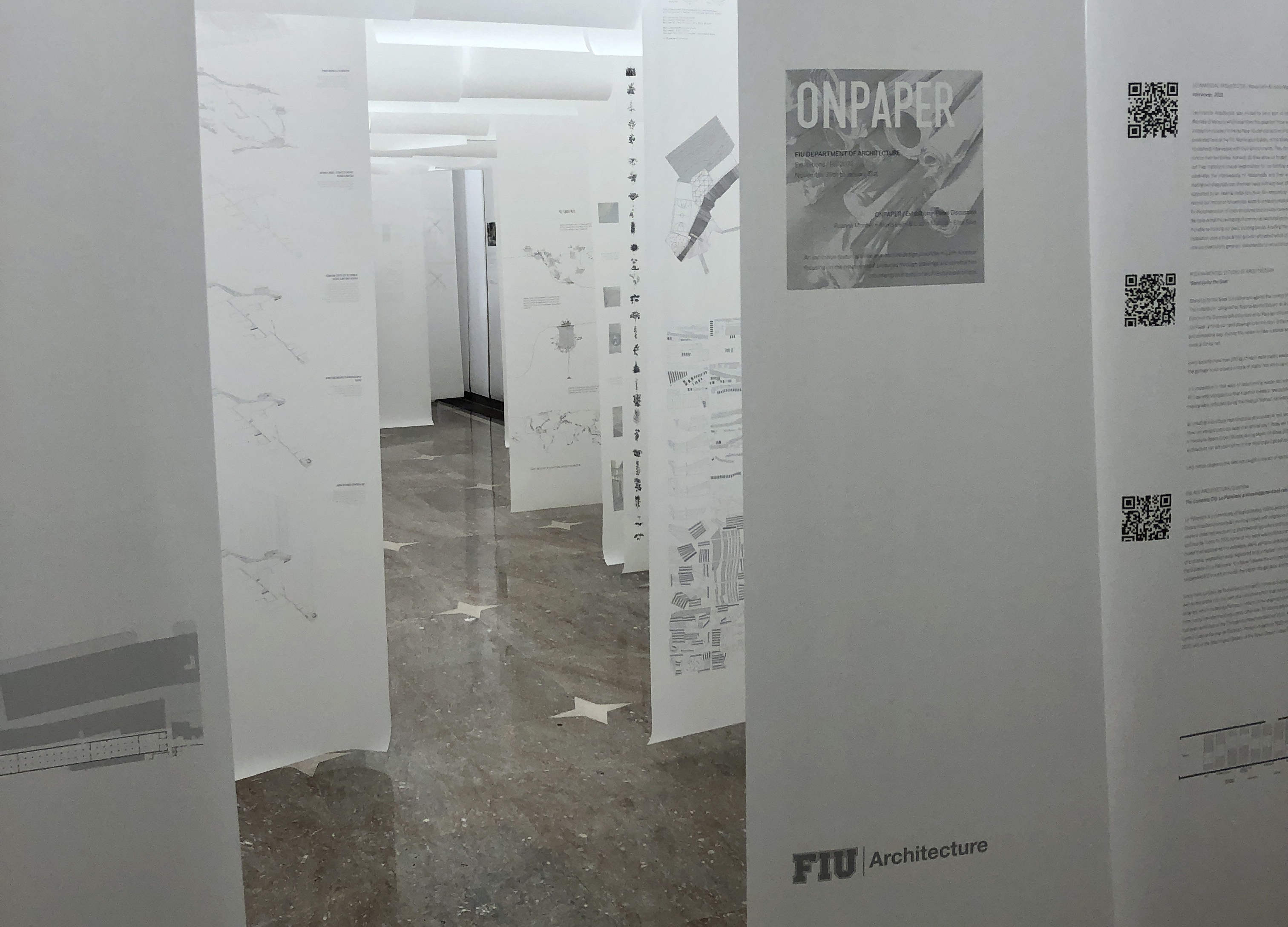-
Tactical Resilience
John H. Daniels Faculty of Architecture, Landscape, and Design, University of Toronto
2014

PURE SPACE: public space transformation in Latin American slums includes 21 projects located in informal settlements within the cities of Lima, Medellin, Guayaquil, Valparaiso, Caracasand Rio de Janeiro. The projects are innovative in the ways that they have leveraged and consolidated public space, through their investment in larger urban or environmental concerns.
Slums are home to between 30% and 50% of the inhabitants of Latin American cities. Within these settlements, a shortage of public space is the norm. Often, the ratio of public space per capita is 10 times less than in more established, formally disposed parts of the city. Any justification for building public space appears trivial when compared to securing basic needs such as potable water, sanitation, better accessibility and personal security. Yet, the compromised social cohesion that characterizes many slums can be directly associated with a lack of spaces for mutual recognition and reconciliation that are fundamental to the well-being and security of a community. The result is too often poor communal organization, crime and violence.
While several of the projects were successful in securing funding for the creation of public spaces within these informal settlements, a number were affiliated with large infrastructure investments or were related to the need for environmental conservation, sanitation or risk management. A few projects were the result of more conventional approaches, realized through new buildings or pavement projects. And lastly, rather than through the physical transformation of a place, some public spaces emerged from the imposition of an activity or program that served to alter the way that it was perceived and used. The projects in this exhibit were not necessarily resolved with a primary concern for design considerations, at least in the most conventional sense of its role in professional work. Their merit instead lies in the fact that the projects were able to effectively justify an economic and community investment in public space, while responding to the implicit social challenges associated with their implementation. The creative design approaches seen here demonstrate that it is possible to realize projects that appear to be undermined by social, bureaucratic, logistical, or purely programmatic considerations. As such, the projects may serve as exemplars for the design of other infrastructure, preservation and sanitation projects in communities throughout Latin America and beyond.




Photography: Enlace Arquitectura
